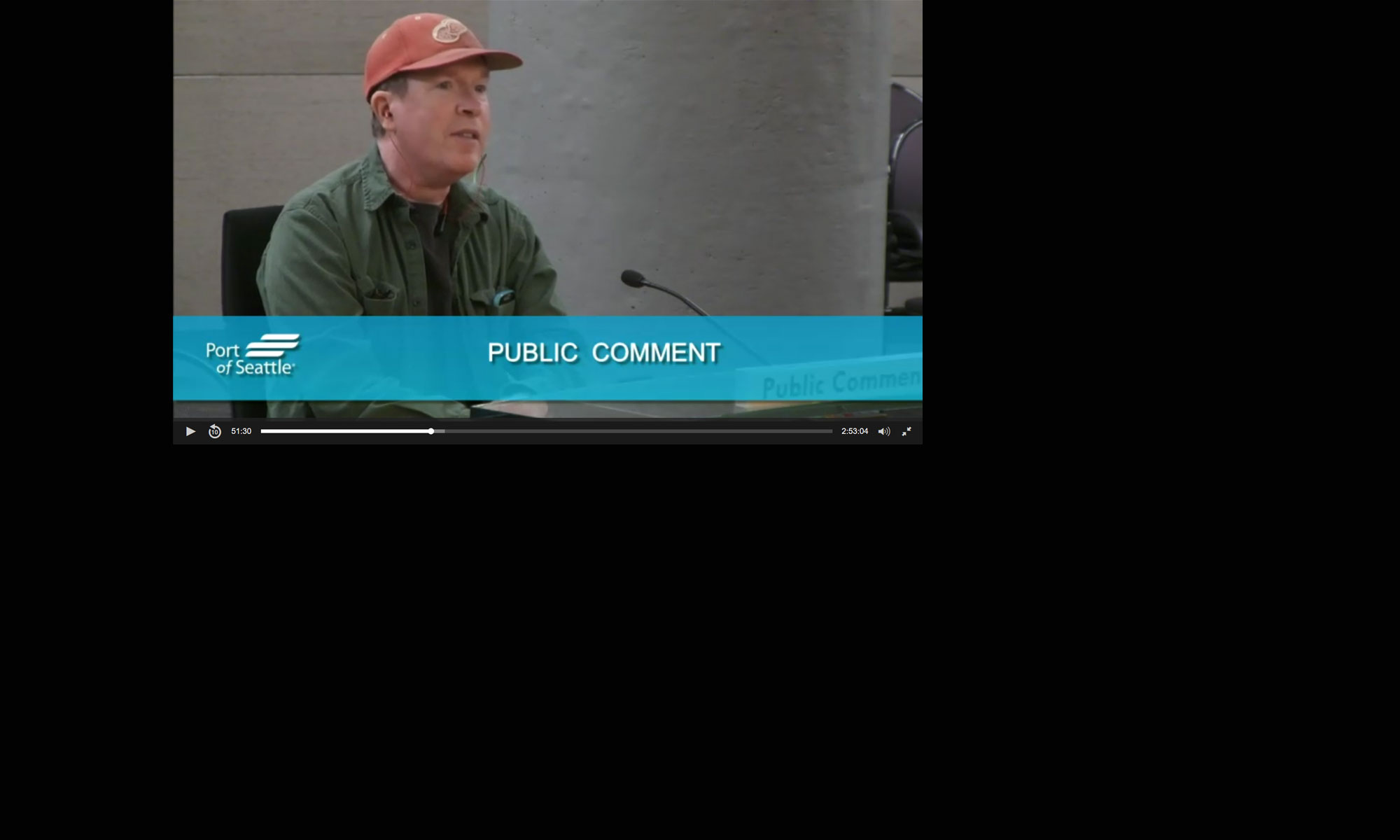What’s now popularly called missing-middle housing has existed in some form or another for more than a century. But the term “missing middle,” to describe housing that falls between a traditional single-family home and a midrise apartment building in density and scope, was officially coined by Daniel Parolek in 2010.
Parolek, the founding principal of Opticos Design Inc. in Berkeley, California, describes himself as a champion of the missing-middle housing movement, having written books, conducted presentations, and advised cities on navigating the obstacles and opportunities that come with middle-density housing.
Opticos and Parolek have worked with a number of public- and private-sector groups on policies, planning initiatives and real estate developments that incorporate various forms of missing-middle housing. Some of the design and planning work includes the master plan, building-type design and architecture for the car-free Culdesac Tempe development in Arizona; work on what Opticos calls the country’s first missing-middle neighborhood in the Omaha, Nebraska, metro area; and a citywide missing-middle plan for Sacramento, California.
The Business Journals spoke with Parolek about the evolution of missing-middle housing, obstacles to getting more of it built and the role city officials play in the process. The following excerpts have been lightly edited for brevity and clarity.
How has the conversation about and the awareness of missing-middle housing changed since 2010?
When we originally framed this concept, we were primarily thinking of it as a way to emphasize the growing demand for walkable living (and) living in walkable neighborhoods. And over the last five to seven years, in particular, it’s shifted. … There’s also obviously this really important conversation about the need for more attainable housing.
I originally was focused on the higher-value real estate markets 20 years ago, like the Bay Area or Seattle, but it’s now a concept that’s being applied and discussed in every corner of the country, including smaller rural communities, because they’re having housing-cost issues just as much as the bigger cities and the regions.
We’re doing a citywide missing-middle housing strategy for Sacramento to try to get ahead of their rapidly increasing housing costs. We did a proposal, and we were pretty excited about it, and the council unanimously told us to be more progressive and aggressive. That’s a shift. They’re realizing that, even in the year since this process started, their housing costs have escalated rapidly, so the council’s seeing this need to maybe go outside of (their) comfort zone a little bit and be more aggressive with this than they might have historically.
What are some of the more common challenges to getting missing-middle housing built in cities you’ve worked in?
It’s actually really, really hard to find (the) sweet spot, and it’s different in every neighborhood. At least in the past five years, we’ll work with economists or real estate consultants who run separate pro-forma analyses for the policy and zoning changes that we’re suggesting because it is actually really hard to deliver feasibility.
Minneapolis was one of the first out of the gate, and their general plan policy said four units per lot. Then everybody started copying the four units per lot. What we’re finding is that, in a lot of places where there’s higher land value, four units is not actually feasible. Nobody’s actually going to build it, no one’s going to buy a house and tear it down and build a fourplex. Also, we’re seeing a lot of cities where they might allow four units per lot in an area where it was only one unit, and what’s being delivered are four really large homes or townhouses, and their cost is just as high — in some instances, even higher — than that original house that got torn down.
The analogy we use is it’s like being at a soundboard in a recording studio and you’re playing with the dials and the levers, and every time you shift a lever, you need to assess how it’s impacting feasibility and attainability.
In Sacramento, our economic consultant ran feasibility neighborhood by neighborhood because … the land values are different in each neighborhood. It might be feasible to build four or five units in one neighborhood but not another because it costs $300,000 or $400,000 more to buy a lot or a home in that neighborhood.
Why aren’t bigger builders or developers doing more of this type of development?
I think risk tolerance is a big part of it. The other aspect of it is, there’s such a shortage of housing generally that you can pretty much build anything and it’s going to sell or rent, so it’s hard to justify taking the risk to make that change. And I feel like there needs to be a (research-and-development) element to this, where those development entities are really exploring new thinking on this front on a (more) broad range of housing, but I don’t see it happening much at all.
We did a project in the Salt Lake City region probably about six years ago that was one of the early for-sale missing-middle typologies. Our client was a large production builder, one of the largest in the region, and they approached us because they were stuck. It got to a point where they couldn’t deliver a single-family detached house at a price point that entry-level buyers could afford. They also had a business model based on a very suburban, cul-de-sac, big house with a garage on the front (type of house), and they approached us to ask us if some missing-middle design solutions could help them deliver high-quality housing that was at a price point that an entry-level buyer could afford.
They were able to deliver those homes — they were attached duplexes — at a price point between $45,000 and $30,000 less than the conventional tuck-under townhouse. (But) the industry is going to need to be at the point where they need to make the change. Otherwise, it’s probably not going to happen, or not happen very quickly.
How do gentrification and displacement play into the density debate? There are concerns that affordable, older single-family homes may be razed to make way for an expensive new duplex on the same lot, for example, under some of these policy changes.
I think gentrification is a really important topic that needs to be addressed as cities or counties or regions are thinking about this. In Sacramento, we’re working with a group called Cascadia, and they’re working on a displacement risk analysis. That’s a data-driven process that informs how decisions that the city is going to make would impact displacement and gentrification, especially to Black and brown households or neighborhoods that have historically been Black and brown households and generally lower-income neighborhoods. I feel like it’s still a process that is fairly new and being refined continuously, but I think it’s something that every missing-middle process needs to think about and study and assess.
Does it make sense for cities to make some of these policy changes in a targeted strategy, such as adding more density along transit corridors or in certain districts first, instead of changing an entire zoning map?
I don’t think there’s a best solution for everywhere, but I do feel if cities are failing to get broader policy changes adopted, then sure, they should consider targeted strategies. My only concern with that is, in places where the prices have really gotten out of control, it’s probably not going to be enough. I warn cities, don’t get caught up in an (accessory dwelling unit) discussion that’s going to take three years and, in three years, your market is going to be the next Bay Area.
One of the things cities can do, and I’m not sure how much people would push back against this, is count any unit under a certain size — like under 900 square feet — as half a unit. It relates to the density calculation, the parking calculation, the impact fees. All of a sudden, (you’re) removing the disincentive for the smaller, more attainable unit, because in a density-based system, where you’re allowed to do a certain number of units per lot, of course a developer is going to do the biggest, most-expensive units that the market will either buy or rent. There needs to be a way to incentivize the delivery of the smaller units.
In Seattle, they allow ADUs to be sold separate from the primary units. Without having to approve a policy or a zoning change that says we’re doubling the density, they’re actually doubling the density, but there are size limits on the ADUs. It’s delivering smaller, more attainably priced units at the same time. We’re designing a project for a developer under that zoning, and it’s been super interesting to see what it’s incentivizing and how our developer client is thinking about it.
Related Content
-

Missing-middle housing advocates push for changes beyond zoning reform




